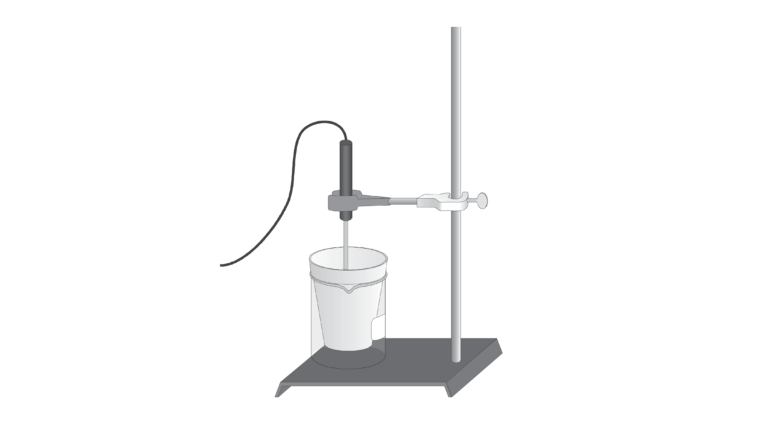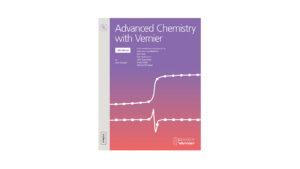
Introduction
All chemical reactions involve an exchange of heat energy; therefore, it is tempting to plan to follow a reaction by measuring the enthalpy change (∆H). However, it is often not possible to directly measure the heat energy change of the reactants and products (the system). We can measure the heat change that occurs in the surroundings by monitoring temperature changes. If we conduct a reaction between two substances in aqueous solution, then the enthalpy of the reaction can be indirectly calculated with the following equation.
The term q represents the heat energy that is gained or lost. Cp is the specific heat of water, m is the mass of water, and ∆T is the temperature change of the reaction mixture. The specific heat and mass of water are used because water will either gain or lose heat energy in a reaction that occurs in aqueous solution. Furthermore, according to a principle known as Hess’s law, the enthalpy changes of a series of reactions can be combined to calculate the enthalpy change of a reaction that is the sum of the components of the series.
In this experiment, you will measure the temperature change of two reactions, and use Hess’s law to determine the enthalpy change, ΔH of a third reaction. You will use a Styrofoam cup nested in a beaker as a calorimeter. For purposes of this experiment, you may assume that the heat loss to the calorimeter and the surrounding air is negligible.
Objectives
In this experiment, you will
- Use Hess’s law to determine the enthalpy change of the reaction between aqueous ammonia and aqueous hydrochloric acid.
- Compare your calculated enthalpy change with the experimental results.
Sensors and Equipment
This experiment features the following sensors and equipment. Additional equipment may be required.
Option 1

Correlations
Teaching to an educational standard? This experiment supports the standards below.
Ready to Experiment?
Ask an Expert
Get answers to your questions about how to teach this experiment with our support team.
- Call toll-free: 888-837-6437
- Chat with Us
- Email support@vernier.com
Purchase the Lab Book
This experiment is #13 of Advanced Chemistry with Vernier. The experiment in the book includes student instructions as well as instructor information for set up, helpful hints, and sample graphs and data.


